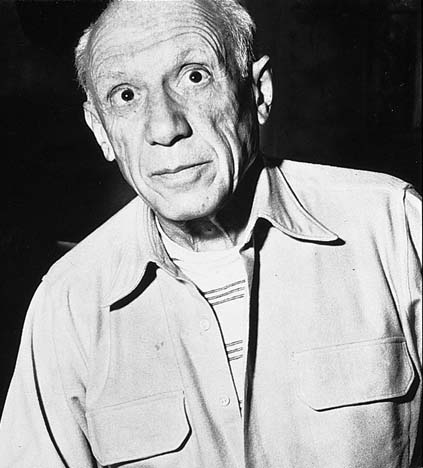Archaeology Odyssey
Archaeology Odyssey takes the reader on a journey through the classical world as seen through the eyes of the top archaeologists in the discipline. Written with you in mind, the experts explain the latest in classical research in a way that is accessible to the general public. Read the complete series today!
Past Perfect: Into the Labyrinth
Field Notes
The Death of america’s foremost Hittitologist
Origins: The First Act
Editors’ Page: Time and Change
Realms of Silver and Gold
Immortality—Gilgamesh as Hero vs. Gilgamesh as God
Kingship—Gilgamesh as Hero vs. Gilgamesh as King
The 11-tablet Standard Babylonian version (late second millennium B.C.E.) of the epic emphasizes Gilgamesh’s transition from a powerful but wild hero to a responsible king. At the beginning of the epic, Gilgamesh’s unrestrained energy threatens the people of Uruk:
The young men of Uruk he harries without warrant,
Gilgamesh lets no son go free to his father.
Glossary
Sumer
The first major civilization in Mesopotamia, including the city-states of Eridu, Ur, Nippur and Uruk. Sumer is also a somewhat fluid place-name referring to the southern region of south Mesopotamia during the third millennium B.C.E.
The Making of the Gilgamesh Epic
Sumerian version
Third millennium B.C.E.
A series of disconnected tales.
Themes: Heroism and death.
Old Babylonian version
18th century B.C.E.
A continuous narrative recounting the adventures of Gilgamesh and his friend Enkidu, Enkidu’s death, and Gilgamesh’s wanderings and return to Uruk.
Theme: Fame—Gilgamesh as hero vs. Gilgamesh as man.


